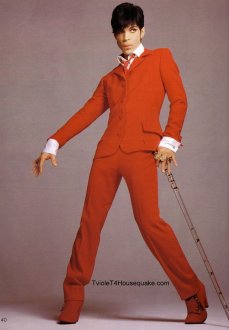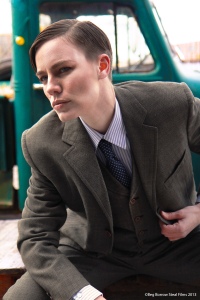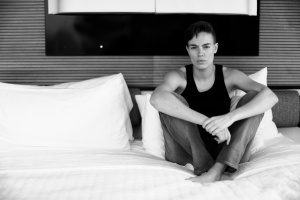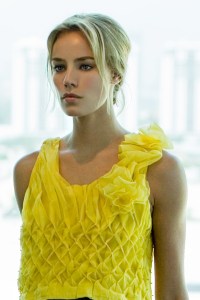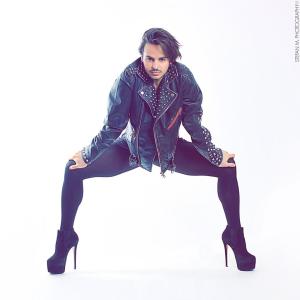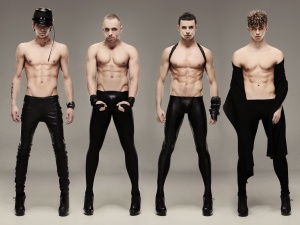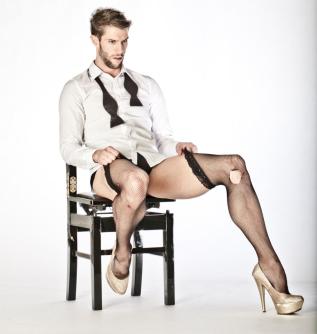
My first encounter with Prince happened back in 1983, when I was in the tenth grade, pulling an all-nighter writing a paper on the economic state of Brazil. Being informed that coffee was the country’s primary national export required more than me just drinking it past the midnight hour—it also required me listening nonstop to the radio.
In Toronto, the biggest pop station was Chum FM and that night, it kept me going, in particular a little ditty called “Little Red Corvette.” I had never heard the song before that night, but between the hours of midnight and 7am, it played 28 times (yes, I counted). So the next weekend I dedicated myself to researching this Prince character. In those pre-internet, pre-iPhones days, research meant going to my local record store and thumbing through the bins to find that artist – filed under P, for Prince, ( he wasn’t yet in the A’s, for Artist Formerly Known as Prince)
I remember picking up a copy of 1999 in 1983 and looking at the purple cartoon-ish cover. I poured over every magazine article I could find on him, watched every one of his videos and listened his songs religiously.
I was quickly obsessed— the man had style.
Seeing a petite man in ruffles, brocade and lace wasn’t what struck for me—it was, after all,the era of Michael Jackson, Madonna, Boy George and I had just gone through my own New Romantics phase (Spandau Ballet, Duran Duran) so I knew my way around a ruffle and a rhinestone—there was something magnetically special about this little guy.
He approached fashion in a way I’ve never seen before, mixing the feminine with the masculine in an unprecedented way, in an eye patch or a crystal embellishment, or a speedo paired with a choker and eyeliner. Then there were his signature bandanas, often worn with catsuits, bell bottoms or crop tops and cut out leggings. Even when he was butt naked, with his tiny, lithe waist, there was a stylish flair to the way he wore his birthday suit.
But I think what fascinated me the most was his own fascination – and appropriation – of women’s shoes. Prince made high heels, and later, the Cuban heels, his sneaker. It was the shoe he was most comfortable in, the shoe he lived in, the shoe that defined him. There was something regal (naturally) about the way Prince wore his heels. It was more Jimi Hendrix meets Louis XIV than RuPaul. In an interview, Prince explained that “People say I’m wearing heels because I’m short. I wear heels because the women like ‘em.” And he was right. In his heels, he was a lady killer, luring the likes of Apollonia, Vanity, Sheila E. and his ex-wife Mayte. He not only dated them, he helped craft their style and public images.
The mystery and allure of Prince’s style has never escaped me. When a friend of mine moved to Minneapolis to work for Target, I’d occasionally ask him if he ever got invited to Paisley Park (he never did), because in my mind that was the brain center of all that is Prince. It was his recording studio, his home, but most importantly, it’s where he kept his famous wardrobe. Legend had it that there was an army of designers and seamstresses (10 to be exact) who worked around the clock making Prince’s wardrobe and that there were vaults of the world’s most luxurious heels which were locked up nightly. Allegedly, he would sometimes borrow or share shoes with Mayte too though they didn’t wear the same size (Prince supposedly wears a women’s size 6). I have no idea if any of that is true, but I do know this: Four decades later, Prince continues to dazzle and delight with his sartorial confections and for those moments when I feel just a little bit less inspired, I will play a Prince song and with that first twang of his guitar, everything seems to be more colorful (purple, red, raspberry!) again.
https://www.yahoo.com/style/all-hail-prince-the-king-of-fashion-on-tuesday-98742933903.html

